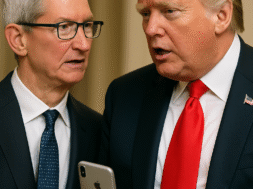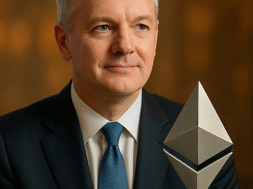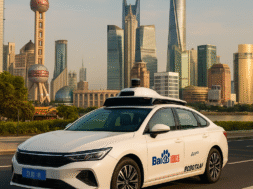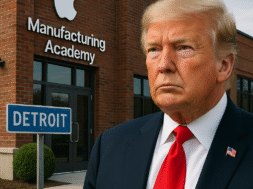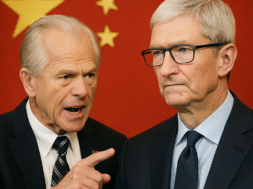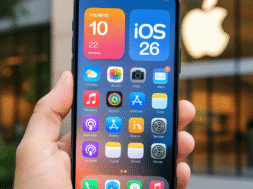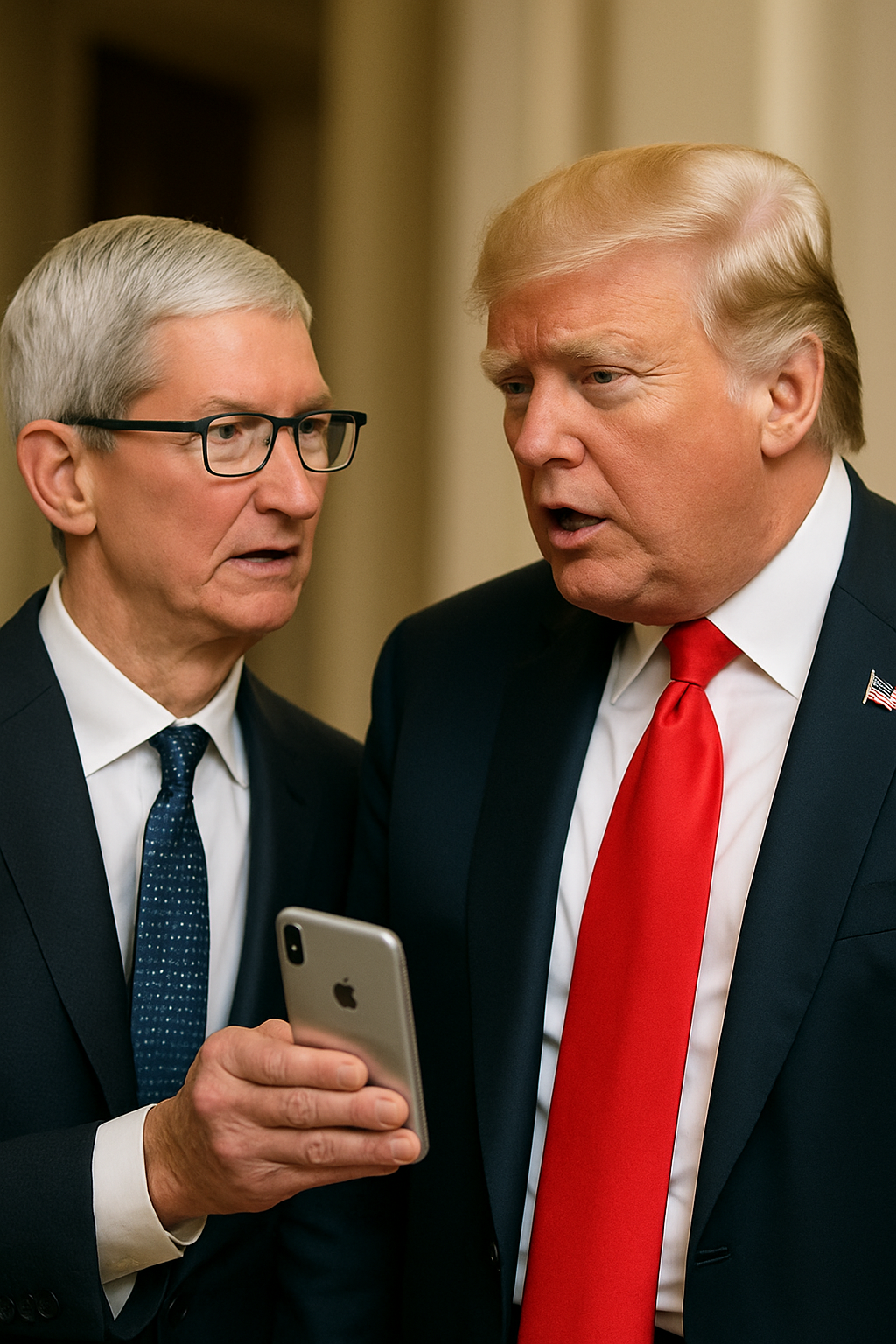
Tim Cook’s Masterclass: How Apple Dodged U.S. iPhone Demands While Winning Trump Over
President Trump has long pushed for Apple to manufacture iPhones in the United States. But Apple CEO Tim Cook appears to have found a strategic middle ground — keeping Apple’s global production model intact while still satisfying Washington’s appetite for American jobs.
During a recent White House appearance alongside Trump, Cook announced Apple’s commitment to spend roughly $600 billion in the U.S. over the next four years. While the pledge didn’t include building iPhones entirely in the U.S., Cook emphasized Apple’s deep ties with American suppliers — pointing out that many key iPhone components, like cover glass and facial recognition sensors, are already made in the country. Final assembly, Cook explained, would remain overseas “for a while.”
Trump seemed placated, praising Apple’s U.S.-based supply chain and suggesting that the right incentives might eventually bring full production stateside. Notably, the announcement coincided with Trump’s proposed chip tariffs — which Apple was exempt from — leading some analysts to conclude the move was a savvy attempt to avoid being caught in tariff crossfire.
The announcement helped boost Apple’s stock by 8% over two days, reinforcing the idea that Cook’s balancing act between political optics and business pragmatism had worked.
At the heart of Apple’s strategy is the American Manufacturing Program — a broad initiative to support and expand U.S.-based suppliers. The tech giant highlighted partnerships with long-time partners like Corning (maker of iPhone cover glass in Kentucky) and Coherent (which supplies facial recognition lasers from Texas). Other deals included expanded chip development with Texas Instruments and a new partnership with Samsung on advanced chip technology.
Apple also committed to sourcing millions of chips from TSMC’s Arizona factory, expanding data centers across multiple U.S. states, and investing in companies like Amkor for final chip packaging. These investments, Apple says, support over 450,000 jobs tied to its U.S. supply chain.
While some analysts questioned the financial impact, noting that many of these relationships already existed, the overall message was clear: Apple is serious about U.S. investment — but on its own terms. For Trump, the optics were enough.
“You’re doing great things,” Trump said during the announcement.
Despite the flashy spending headlines, Apple keeps much of the fine print under wraps. It doesn’t break out U.S.-specific costs and many of its suppliers are under strict non-disclosure agreements. Analysts estimate much of the pledged spending — including on Apple TV+, data centers, and routine operations — likely falls under what Apple would have spent anyway.
Ultimately, Apple’s commitments — now totaling $150 billion annually — represent a small share of its global spending, which surpassed $275 billion in its latest fiscal year. But as Wedbush analyst Dan Ives put it: “It’s the cost of doing business.”
